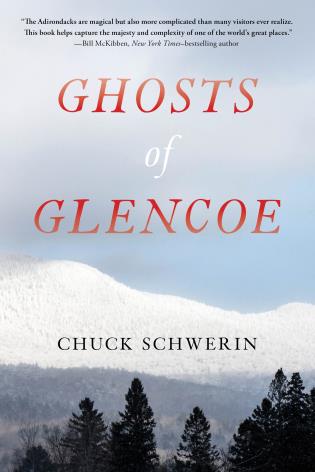Rest in Peace, Narsai David
This is a big personal loss. I met Narsai David—chef, host, raconteur, radio personality, philanthropist, theater lover, friend—in 1955 when we lived at the student co-ops at Berkeley. These required 5 hours of work a week, and I did mine peeling potatoes under Narsai’s supervision at the co-op central kitchen.
We stayed in touch over the years, sometimes memorably, as when we were both filmed with Craig Claiborne and Frank Blair for the KQED show, Over Easy in 1980 or so (that’s me on the right).

And then there was the 1997 Oldways trip to Crete where Narsai whipped off breads for the hundred or so guests lucky enough to be at that dinner.

He was the most extraordinarily generous person, quietly contributing to food, co-op, theater, and I’m sure other groups throughout the Bay Area. He was on my list for people to see every time I was out there, sometime appearing on his radio show, and sometimes invited to his and Veni’s home for warm and gracious evenings.
We were friends for more than 60 years, it shocks me to realize. I’m so saddened by his loss.

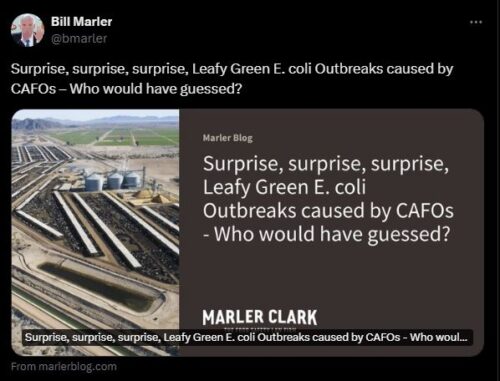
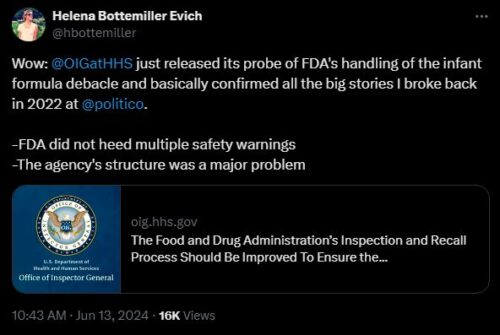
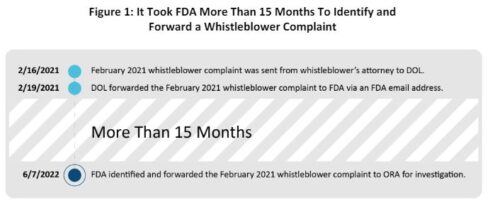
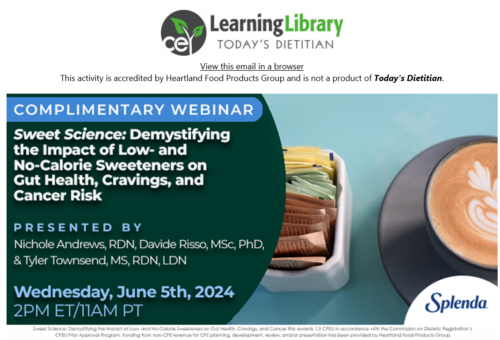
 Comment
Comment